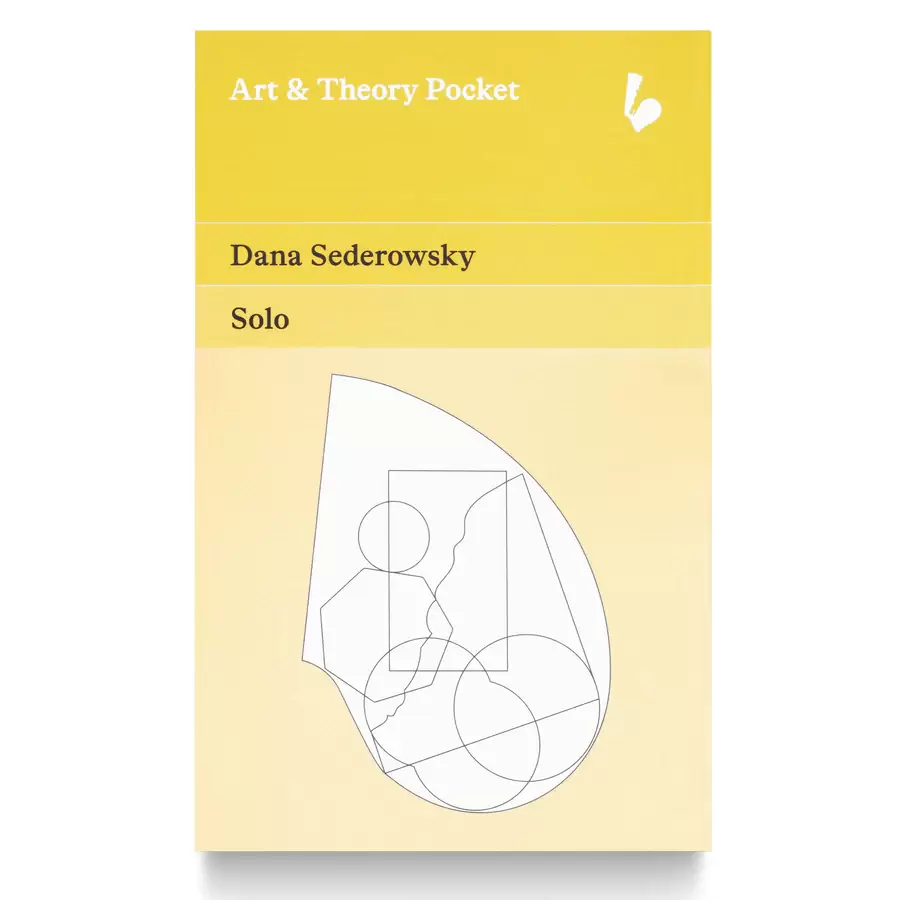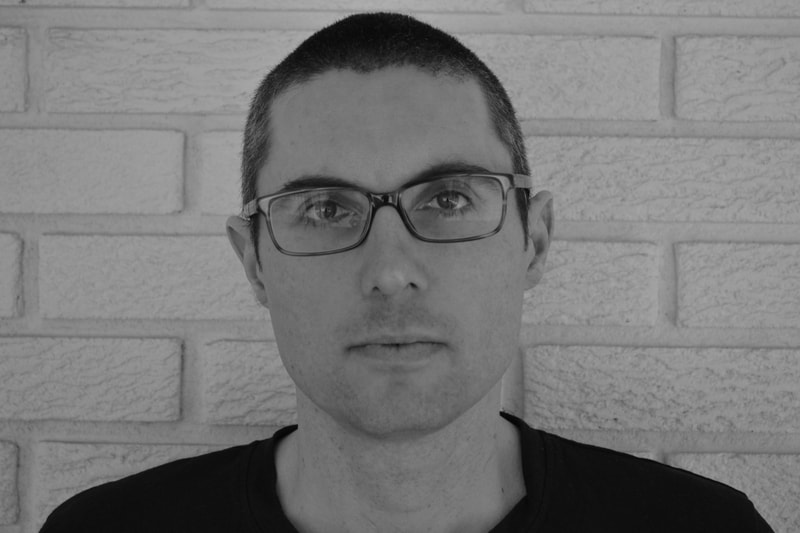Solo
|
|
Solo is the first novel, really, novel-like-object, by the Swedish artist Dana Sederowsky, translated into English by Anna Tebelius. Sederowsky’s artist statement on her website explains: “She explores language not simply as a mode of communication but also as a poetic and formal device. Sederowsky’s art is always meticulously planned and controlled by a conceptual system of regulations. She carries out her tasks solely on her own, autonomously active both in front of and behind the camera. [. . .] She acts as a symbol for humanity and, thus, she plays a role.” The biographical blurb on the back of the book adds: “Since the 1990s her work has created and explored various fictitious characters through photography, video and performance.” And Solo is a performance. A virtuoso and exhaustive inhabitation of a character who, several years into a global pandemic, will be familiar to all of us.
The speaker of Solo is a shut in who has chosen a life of self-imposed isolation. In their flat, they follow a routine defined by their own idiosyncratic rigour, recording a set of data points (“Blood pressure,” “Resting heart rate,” “Urine,” “Equation,” “Chess” and “Outside”), eating, sleeping, and burrowing into an existence whose narrowness opens it up to obsessive depths. Anyone, which is to say, almost everyone reading this review, who has gone through some form of a lockdown in the past two years will see themselves in Solo, clearly, but not exactly. The book opens:
These lines, and the book as a whole, cut a little to close to the bone. But Solo is not a mirror. As I have already said, the reflection is not exact. The book’s speaker has chosen their isolation rather than had it imposed on them, and their life follows a set of procedures that belong entirely to them. The books is, thus, not so much a mirror, as it is a distorting mirror, a surface which returns ourselves to us changed, transformed, both recognizable and not, at once reflecting us and the extent to which we have and can be distorted, separated from ourselves, by isolation. The effect is, in many ways, more powerful than a strict mimesis.
The fact that the book is a performance adds a unique depth to it which is further deepened by the additional fact that life of the protagonist is, in many ways, itself a performance. They follow a routine which they have created for themselves, performing the rituals of a self-created life. This may seem somewhat abstract, but there is an emotional sharpness to it, an almost painful poignancy: it captures the way that so many of us sought to manage our isolation through self-imposed routines, and presents us with the means by which we attempted to maintain ourselves as an object of critical analysis. It detaches the structures we imposed on ourselves to offer us the spectacle of structure itself, and ask us, as it does so, to consider the machinery of living as just that, as a mechanistic construction that at once creates us and alienates from ourselves. This is not to say that the book operates exclusively at the arid level of the concept. The text is shot through with philosophical observations/pronouncements that are the inevitable product of introspection and that range from insightful to statements that are as circular and banal as
These are juxtaposed with an almost obsessive chronicling of the material particularities of everyday life. Early in the book, the speaker describes their morning routine:
This meticulous description continues for another three paragraphs, and, by the end of the book, the speaker’s existence is limned in a detail that recalls, while being distinct from, the experiments of the Nouveau Roman.
You might have already noticed that the passages I have quoted from Solo look more like poetry than prose, and that is one of the reasons I began this review by calling the book a novel-like-object. The books sentences do not run to and through the right-hand margin like prose. Instead, they are set on the page like poetry with line breaks, and the paragraphs are as much stanzas as paragraphs. The effect is to embed the text in white space, and to isolate the sentences themselves, so that they do not so much flow as accumulate, one discrete unit pilling up on another. Rather than opening the text to the possibilities latent in the page, this truncates it, contains it in itself in a formal instantiation of the speaker’s own containment. This foreclosure is most noticeable in the case of the lists that feature prominently throughout the book. Lists are most often a form of textual abundance, an additive running on, but, here, in a world whose horizon is the walls of a flat, they are a running out. Every item is haunted by everything that cannot be included, every list by the lists that cannot be made. This is enumeration as foreclosure. And the white space that masses around them marks a limit they cannot cross. It is a remarkable use of the page, and one that perfectly, and uncomfortably, catches the experience of isolation, demonstrating that to be alone is to be crowded by absences and losses that are as immediate as they are inscrutable, to be shaped by the insistence of a blankness that can’t be overwritten. Solo is an exceptional book. It is the best articulation of the isolation that most of experienced at one time or another that I have yet seen, and promises to remain one of the best as writers unpack the pandemic over the coming decades. That said, it is much more than a pandemic book. It is an exploration of misanthropy, a commentary on and investigation of modern life, an incisive character study, a bravura textual performance, and a richly intellectual book that was a pleasure to read, think about and review. Aaron Schneider is a Founding Editor at The /tƐmz/ Review. His stories have appeared/are forthcoming in The Danforth Review, Filling Station, The Puritan, Hamilton Arts and Letters, Pro-Lit, The Chattahoochee Review, BULL, Long Con, The Malahat Review and The Windsor Review. His stories have been nominated for The Journey Prize and The Pushcart Prize. His novella, Grass-Fed, was published by Quattro Books in the fall of 2018. His collection of experimental short fiction, What We Think We Know (Gordon Hill Press) was published in the fall of 2021, and his novel, The Supply Chain (Crowsnest Books), is forthcoming.
|


